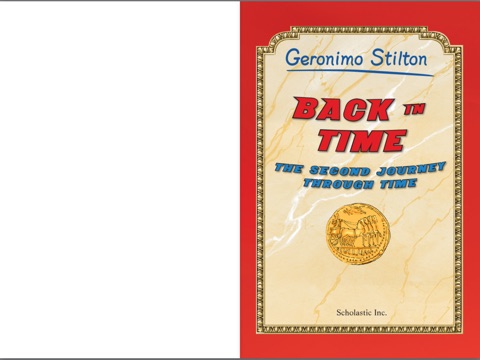
Walls covered in satirical graffiti abound in public places across town. Small old-styled shops dot both sides ofPanglima Lane, or Concubine Lane,famed for its cobblestone look. Well preserved row houses line the peaceful thoroughfare of old-town Ipoh. There is school, known as the St Michael’s Institution, standing right next to it, as well as a mosque, called Padang. The structure was crafted of building materials known for the best qualities inyears gone by.The exterior walls showcased bare brickwork made of coconut-shell fibers mixed with sugar and egg white to create strong biding agents. At one time it was regarded the largest house of worship in Malaysia when it was completed in 1912. The city’s main drag leads further north to the historic Church of St John The Divine.

A well-kept postal service building is a graceful sight across from the train station. The Majestic Hotel located inside is closed for renovation. The train station is a beautiful piece of architecture.Pardon the appearances. Beautifully kept Neo-Classic details in shades of white indicate they were products of the colonial period. Cross the street, and we come before the majestic Town Hall and nearby Postal Service Building. In times past, sap from the tree was used as the main ingedient in making poison-tipped arrows that kill. In front of it stands a lone Ipoh tree, the town’s namesake. The white Neo-Classic piece of architecture on Club Road is dubbed Ipoh’s Taj Mahal.

Here colonial architecture abounds, the most important landmark of which is Jalan Panglima Bukit Gantang Wahab. The old town sits on the west bank of the Kinta River. A mixed variety of buns comes crispy on the outside and soft on the inside. Creative wall painting ideas add life to the distressed interior of an old-town cafe popular among visitors. In times past, sap from the Ipoh was the main ingredient in making poison-tipped arrows that kill. Story: Samutcha Viraporn /// English Version: Bob Pitakwong /// Photography: Sitthisak NamkhamĪ lone Ipoh tree, its namesake, thrives in the front yard of the town’s train station.


 0 kommentar(er)
0 kommentar(er)
